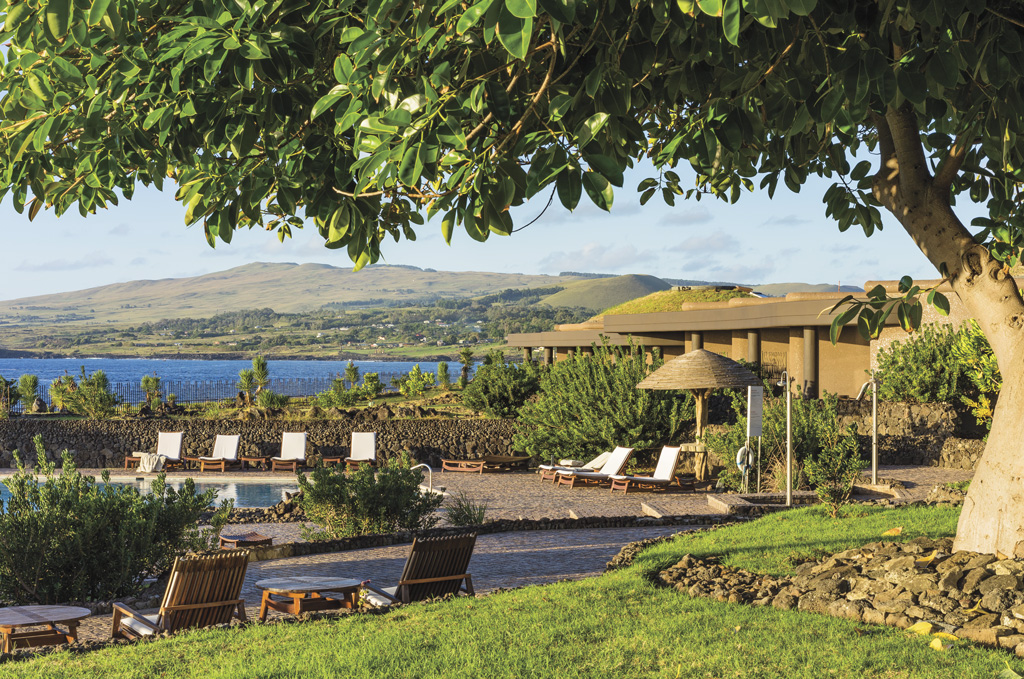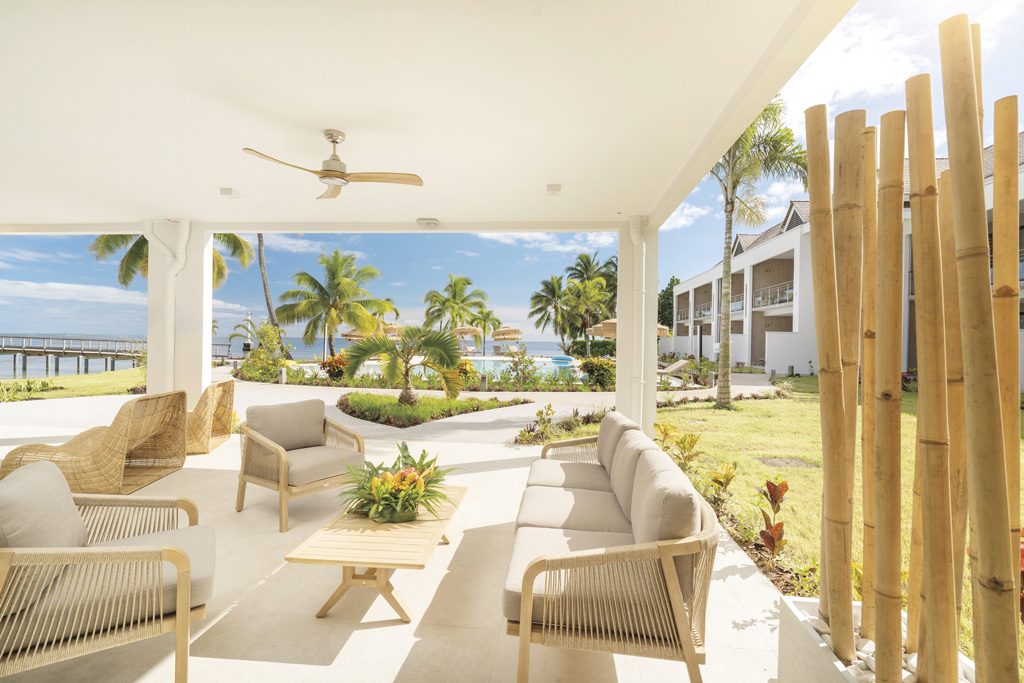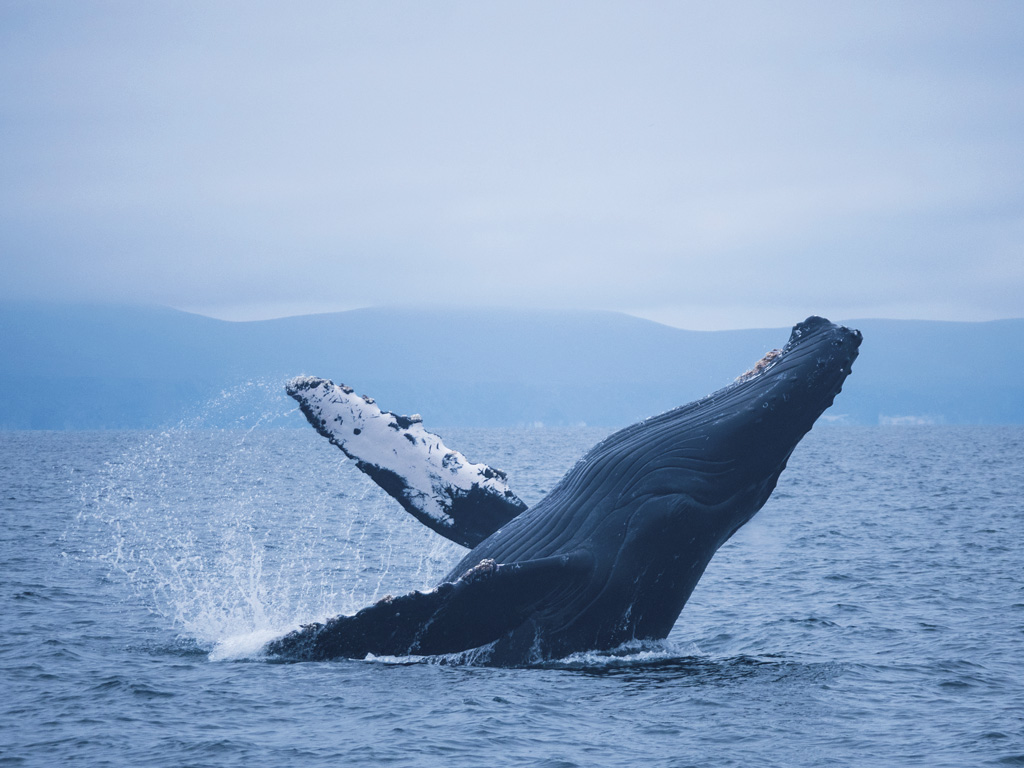Destinations
How to Plan an Astrotourism Vacation This Year
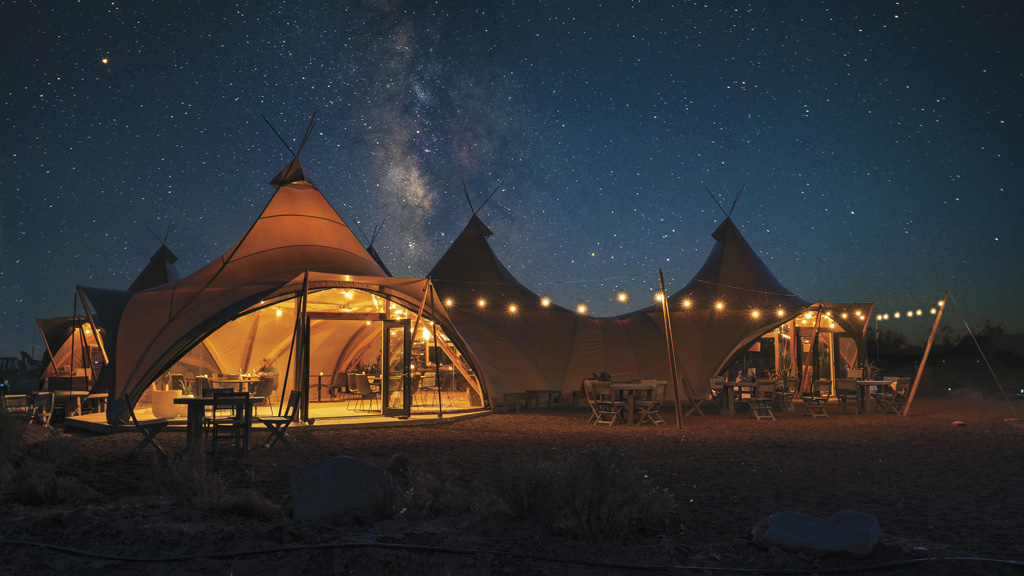 Under Canvas Bryce Canyon (Photo by Bailey Made)
Under Canvas Bryce Canyon (Photo by Bailey Made)The year 2024 may forever be known as the year we gained a new appreciation for the night sky. I’ll never forget doing a new moon meditation and sound bathing session at the Hôtel Swexan in Dallas before watching the moon eclipse the sun’s face from the Saint-Tropez–inspired rooftop. Seeing a sunny afternoon turn into a 360-degree sunset, then an inky nighttime sky and then back again within minutes left me awestruck.
From the total solar eclipse in April to the northern lights display in the contiguous U.S. in May caused by a rare solar storm, celestial events are dazzling Americans and sparking curiosity. Marin residents interested in astrotourism — travel to see celestial objects and events — have many upcoming opportunities, such as meteor showers, supermoons and partial eclipses. All are chances to feel more connected with the universe and ourselves.
A Beginner-Friendly Meteor Shower
Meteor showers are clouds of debris, often the size of pebbles, left in the path of a comet. The earth passes through these trails each year (it’s possible to see about 30 meteor showers annually). Even though they’re tiny, when the fragments collide with our atmosphere they create fiery streaks. Amateur astronomers can experience the wonder of a meteor shower during the Perseid meteor shower from August 12 to 13. Warm summer weather enables sky-watchers to view them comfortably at night; sometimes, stargazers can see meteors as early as 10 p.m. This year, the Perseids will coincide with a first quarter moon, making for excellent viewing once the moon sets around midnight. A Dark Sky Park, Utah’s Bryce Canyon National Park will offer optimal conditions for watching the Perseids. Night Sky Telescope ranger programs are available at the visitors center in the summer.
Where to Stay: Five Under Canvas camps, known for safari tent accommodations and resort amenities, have been officially recognized as the world’s first Dark Sky–certified resorts. These include Zion, Grand Canyon, Moab, Lake Powell–Grand Staircase and the Bryce Canyon location. DarkSky International is an organization dedicated to protecting communities and wildlife from the negative impacts of light pollution.
At Under Canvas Bryce Canyon (from $299 per night), where a juniper forest surrounds tents, guests can sleep under star-filled skies in a Stargazer Tent with a viewing window above the king-size bed and roast marshmallows for s’mores at nightly fires.
Clear Sky Resorts (from $525 per night) is opening a luxury glamping resort near Bryce Canyon with accommodations in glass domes in early August.
A Joint Cosmic Event
Lunar eclipses happen when the Earth is between a full moon and the sun; its shadow is cast on the moon’s surface, dimming it and sometimes turning it red. On September 17 in North America, a partial lunar eclipse will coincide with a “harvest” supermoon when the moon reaches its closest point to Earth. A small portion of the moon will darken as it passes into Earth’s shadow. While not as dramatic as a solar eclipse, this event, visible throughout most of North America, should be captivating. Mesa Verde National Park, designated the 100th International Dark Sky Park in 2021, has extremely low light pollution and the perfect conditions for star and eclipse viewing. Seeing the event against the backdrop of sandstone cliff dwellings will be like stepping back to the time of the ancient Puebloans.
Where to Stay: Fifteen miles inside Mesa Verde National Park, Far View Lodge (from $150 per night) feels removed from civilization. Guest rooms have no TVs and limited cell service, but simple, yet stylish Western decor and balconies for wildlife and star viewing. Ranger-led stargazing programs help educate guests on how to get the best vantage points for astronomical events at all hours, from just after moonrise to before moonset.
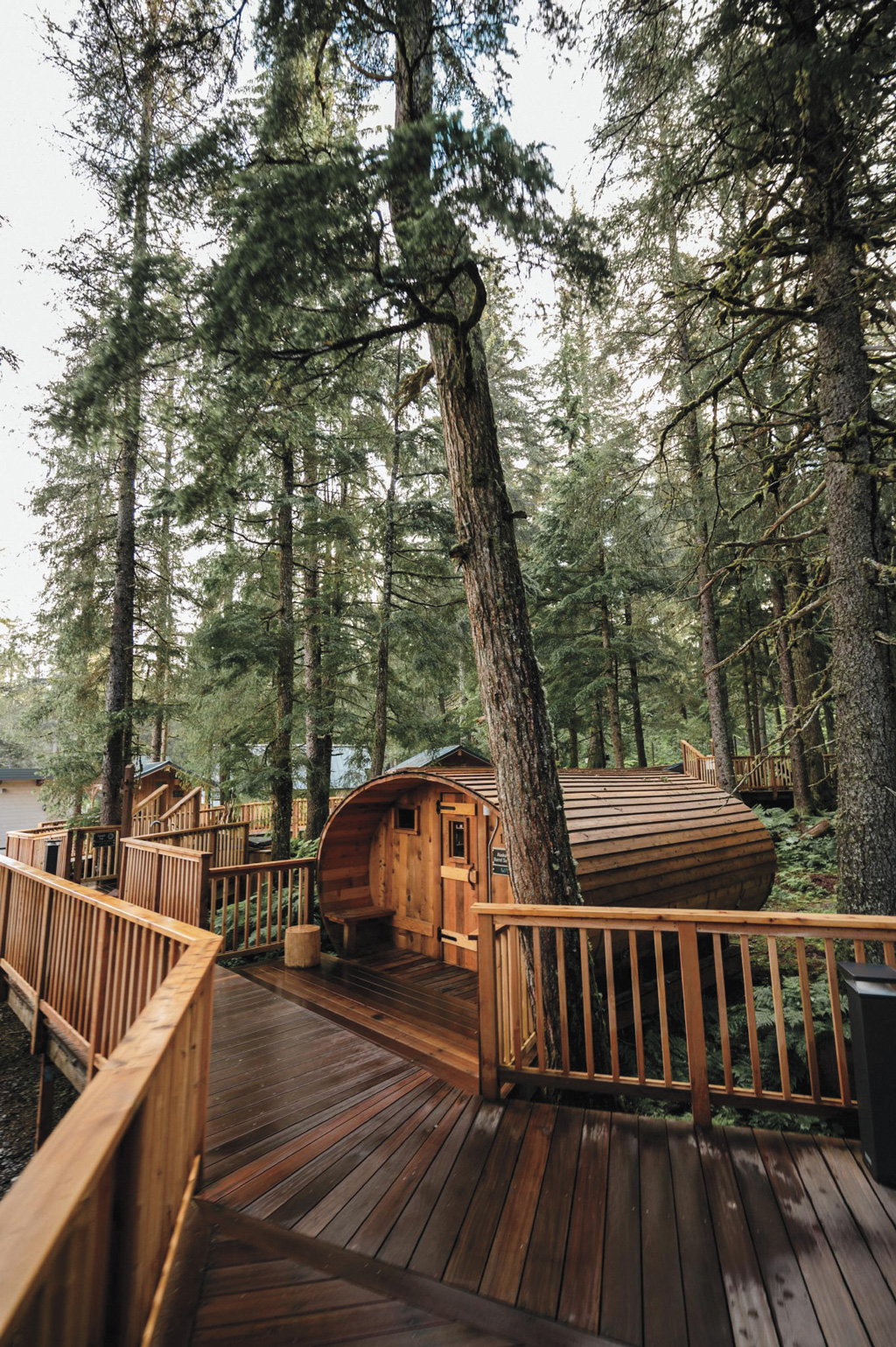
The Northern Lights Peak
The sun switches its magnetic poles every 11 years — this period, known as solar maximum, results in increased solar activity. The trillions of tons of hot hydrogen gas being ejected from the corona fly into space and interact with our atmosphere, increasing the chance of dramatic northern and southern lights or auroras.
This year, travelers can seize a strong chance to see the northern lights in places like Finland, Iceland and Alaska, where aurora season begins in September.
Where to Stay: At Alyeska Resort (from $249 per night), 40 minutes from Anchorage in Girdwood, guests don’t have to fret about missing the dramatic show; the Aurora Concierge will call guests when the northern lights are dancing in the night sky. The upscale lodge also offers easy access to miles and miles of mountain hiking and a Nordic spa where hydrotherapy sessions are best at twilight.
Sheldon Chalet (from $32,000 per night for up to four guests, with a three-night minimum) in Denali National Park, accessible only by helicopter, offers world-class stargazing and the most surreal aurora borealis viewing experience. At 6,000 feet and with virtually zero light pollution, Sheldon Chalet’s thin troposphere allows guests to see the most vivid shooting stars and clearest views of the blue, purple and green colors of the aurora borealis bouncing off glaciers and mountain peaks. Expert guides educate guests about the northern lights and constellations.
A Fiery Eclipse in South America
On October 2, South America will experience an annular solar eclipse, which casts an eerie glow. During an annular eclipse, the new moon moves before the sun but leaves a ring of sun visible around the edges, creating a halo effect. This is why it’s known as a “ring of fire” eclipse. It will cross over Argentina and Chile (called the astronomical capital of the world) including UNESCO-protected Easter Island. The destination, known for its monumental statues, offers mystery and natural beauty.
Where to Stay: Kuoda Travel offers custom itineraries for astrotourism enthusiasts in South America, like astrophotography trips in Bolivia and stargazing in the Atacama Desert. For the annular eclipse, travel designers can arrange a trek in Patagonia National Park or a more luxurious getaway to Easter Island. There, guests can stay at the all-inclusive Explora Lodge Rapa Nui (from $1,070 per night with a three-night minimum). The five-star Nayara Hangaroa (from $472 per night), with a swimming pool overlooking the ocean and curved guest rooms inspired by ancient caves, also has some eclipse availability.
